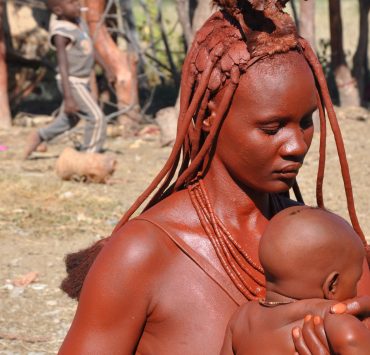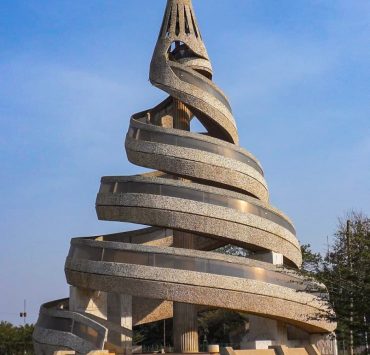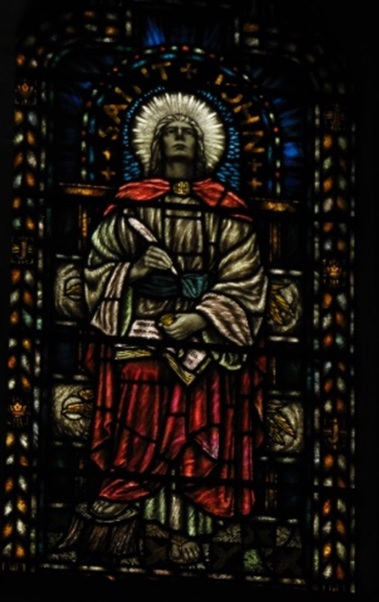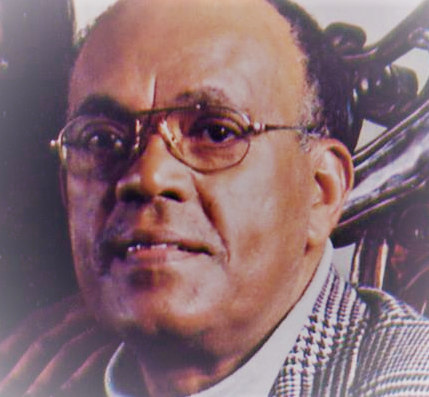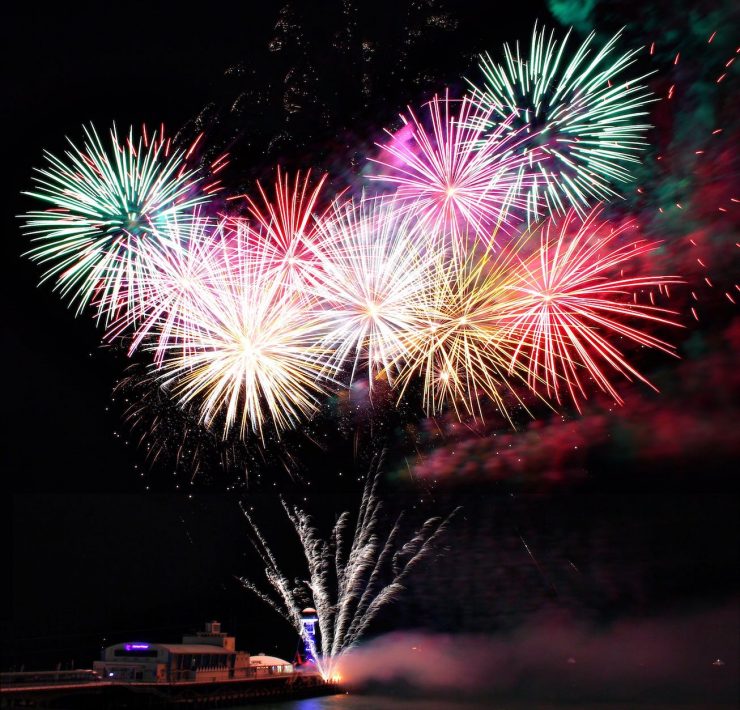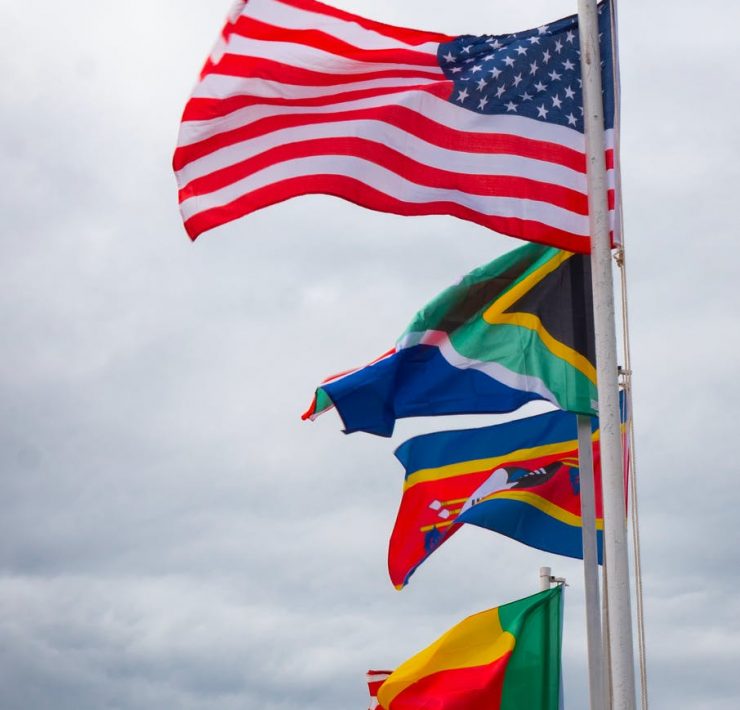Afrikan Dance:
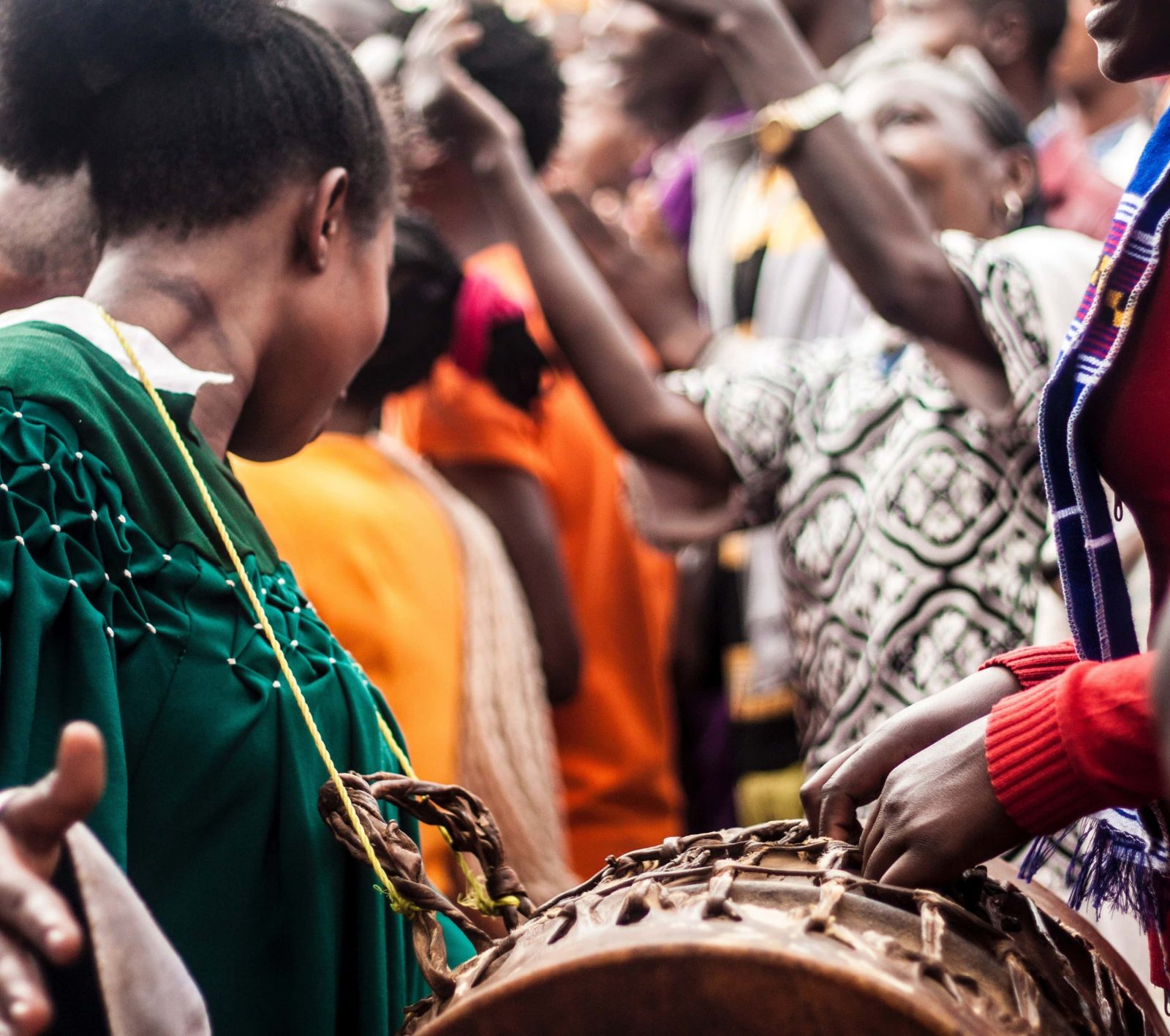
Norbert Mporoto is a Tanzanian Freelance Writer, Editor, Translator and…
IDENTITY, CULTURE AND PRIDE
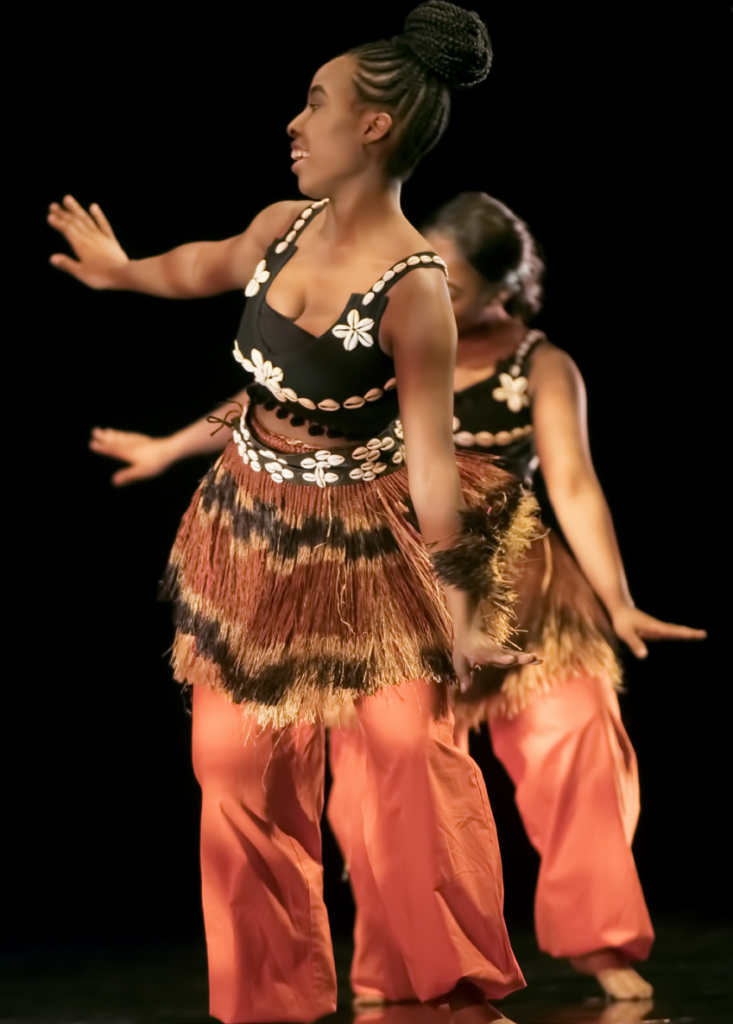
If one was to tell of the history and growth of African societies, their story would be incomplete without them providing even a snippet of its outstanding culture and traditions bequeathed through dance. From keen observation, these dances and songs were once tools of communication, passing messages from one person to another, one generation to another and the entire community at large. Dances are often handed down through the ages, and many African dances have been performed for centuries without alteration depending on their messages. Most African dances are deeply saturated in ritual, history, entertainment, prayers, rites of passage, harvest, wedding celebrations and much more. In some African civilizations there are special authorities whose sole purpose is to pass along the tribe’s traditional dances.
African dance occupies a central place in cultures throughout the African continent, embodying energy and elegant splendor in their flowing rhythms. African dance is a self-sufficient language which helps to strengthen bonds and preserve cultural heritages. Through dance, a community’s identity is reflected in the singing and the pulsating musical rhythms and dance styles. Through these, the entire community strengthens their bonds and keeps alive the memory of their cultural wealth.
For example, the Igogo dance of Owo Yoruba is performed during burial ceremonies. During the Igogo, young men dance over the grave of the one being laid to rest and pack the earth with jumping and stomping movements. Along with being a powerful expression of emotion, the dance also serves a practical purpose. The Igogo is different from the Mbira dance of the Shona people of Zimbabwe which is used to summon ancestors, honor death anniversaries and seek guidance in tribal and family disputes. The two dances differ somewhat in purpose, but both communicate meaning in a deep manner to the performers and the observers, and moreover captures the unique identity of both societies.
I ask in soliloquy; Where is African dance? Why are her people no longer practicing it? Why is Africa no longer proud of her culture? Why is African dance given false meaning by her rivals and why should we accept their ways of describing our own dance? African dance gives birth to warriors, African dance uplifts and entertain the broken souls and much more it portrays messages of victory!
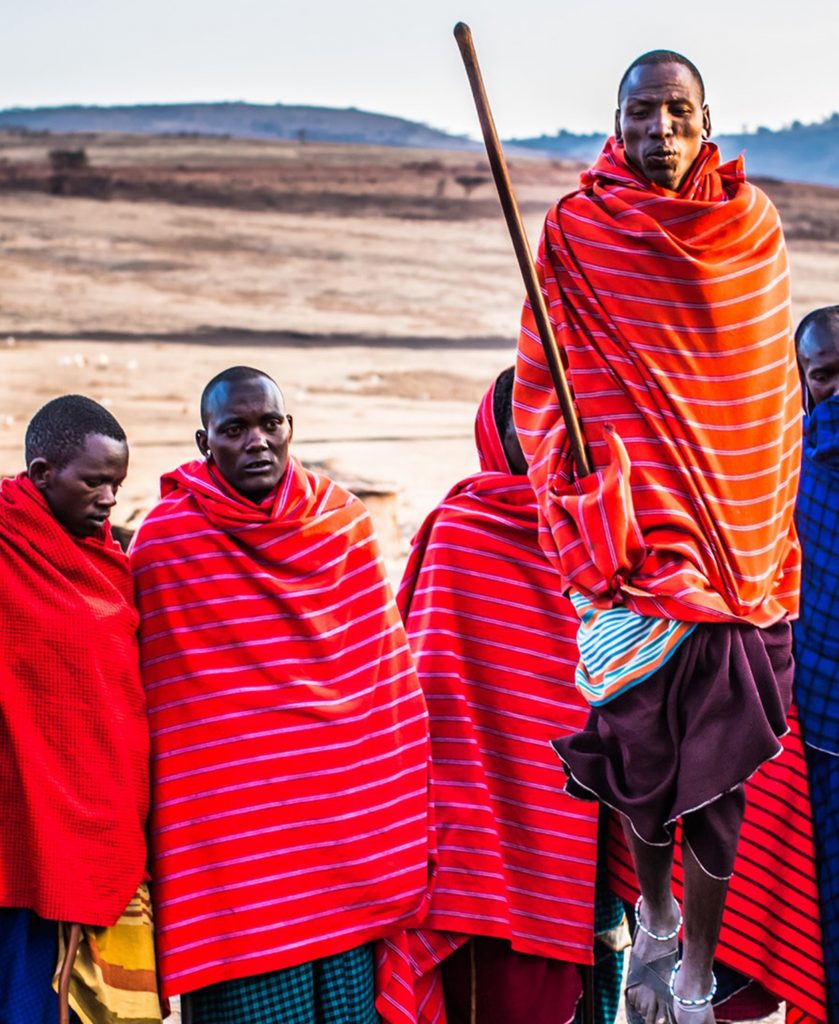
What Adumu (a Maasai jumping dance) communicates is a message of readiness. Adumu has become the favorite dance of tourists visiting Kenya and Northern Tanzania, but it is much more than a dance that entertains. Adumu showcases the stamina and strength of the young Moran (warriors) who are transitioning to become senior warriors. Adumu is one part of the 10-day long Eunoto ceremony, the coming-of-age ritual that will also allow the Moran to choose wives and begin the next phase of their lives.
A dance similar to Adumu is the Umzansi. This is the most energetic of all Zulu dances and is divided into a slow and fast section, the slow segment uses movement to tell a story, while the fast one is aggressive, powerful, full of anger and pride. Drums are crucial to this dance, communicating one’s innermost being. (amakhonows.co.za). Umzansi is a warrior dance, demonstrating the power and passion of the Zulu warrior. Whatever was lost in transition as lifestyles changed in South Africa and the warriors transformed into migrant workers – was retained in the memory of the dance and used to remind the urban warriors of their true history. Again, I ask in soliloquy “Where are the strong African men whose pride is to conquer enemies and protect this continent? Who will secure Africa’s land if rhythms of courage are left behind? What would be the songs of victory if soldiers are tricky-skilled to hate African rhythms?
When the spear says, “Kill”, the hunting bag says, “Let’s go home!” We have lost the battle in the dance field, it’s our duty to take the hunting bag back home and learn to sing the African songs and dance the African styles once again. After the welcome tune has taken us to our seats, the Kakilambe dance of Guinea and Mali remind us of the African fertility rituals and we are duty-bound to celebrate the next African Kings and Queens with cultural finesse, while the Baga people would sing for us to glorify the institution of motherhood. As we dance the Kakilambe, African elders will give answers to where we are going as a continent thereafter, we are assured that the crops will grow, health will be well and children will be born safely.
Dance is the bare expression of soul; in ancient times it was an outpouring of worship and adoration to the Creator. A declaration of thanksgiving for new life, marriage, good harvest to the provider of all of these things. Dance was a form of communication to the ancestors, a language of farewell to the departed, a communication of commiseration with the bereaved. Dance was a form of social bonding within and between communities, a showcasing of the strength and beauty of the people, of the dancers and the musicians. Dance was the rhythmic adornment of the social fabric of African society.
An African proverb says “A letter from the heart can be read on the face and the beginning of love is in the eye!” If the two cannot say it well enough then music and dance can express their love more potently! African dance is complete; and marriage occasions were and are replete with it. The Nmane of Ghana and Sunu of Mandika people from the Western Zone, the Mwaga, Runyege, Ekizino, and Akogo of Bunyoro and Bagisu from Uganda have all been blessing the marriage institution with pulsating rhythms in which one can celebrate love to the fullest measure of heart. The Western style of marriage taking place in this continent makes me wonder if our people truly know the worthiness of African cultural marriage and I sometimes believe that the African marriages are in failure not because the couples do not love each other, but because their founding principles are not African by nature!
During the process of building, destroyers often appear. On a big project, some things may be damaged, such as in widening a street, trees may be cut. African dance in history has been attacked from various places and in ways designed to bring it down. The transition of African dance has brought some negative effects as neocolonialism has its shine, as long as we have the sword of dance in our hands nothing can be heard in blame but action. The time is now; culture is the mother of wisdom! Culture is the mark of identity and pride of humanity.
Nelson Mandela once said “the curious beauty of African music is that it uplifts even as it tells a sad tale. You may be poor, you may have only a ramshackle house, you may have lost your job, but that song gives you hope.” The time is now,
Africa should see the way forward!
As the West African dance, the Kakilambe, heralds better days, let the East Africans dance the Adumu to glorify African soldiers and tell them to bring victory back home. As the South African and the whole sub–Saharan African dance the songs of celebration, let Cote d’Ivoire know that Zouglou dance is the same as the Sabar of Wolof people in Senegal, if not the Sabar, it is equal to the Bikutsi or Ambas-i-bay of Cameroon or Bakisiimba of Uganda. That is to say, Africa is one, let’s come together and dance in pride.
What's Your Reaction?
Norbert Mporoto is a Tanzanian Freelance Writer, Editor, Translator and Poet. He composes poems of all kinds and writes novels and short stories. He also writes articles on several contemporary issues. Norbert is also skilled in the preparation of Business Plans, Project Proposals, Memorandums for Companies, Educational research and reports. You can reach Norbert at: https://linktr.ee/Mporoto









